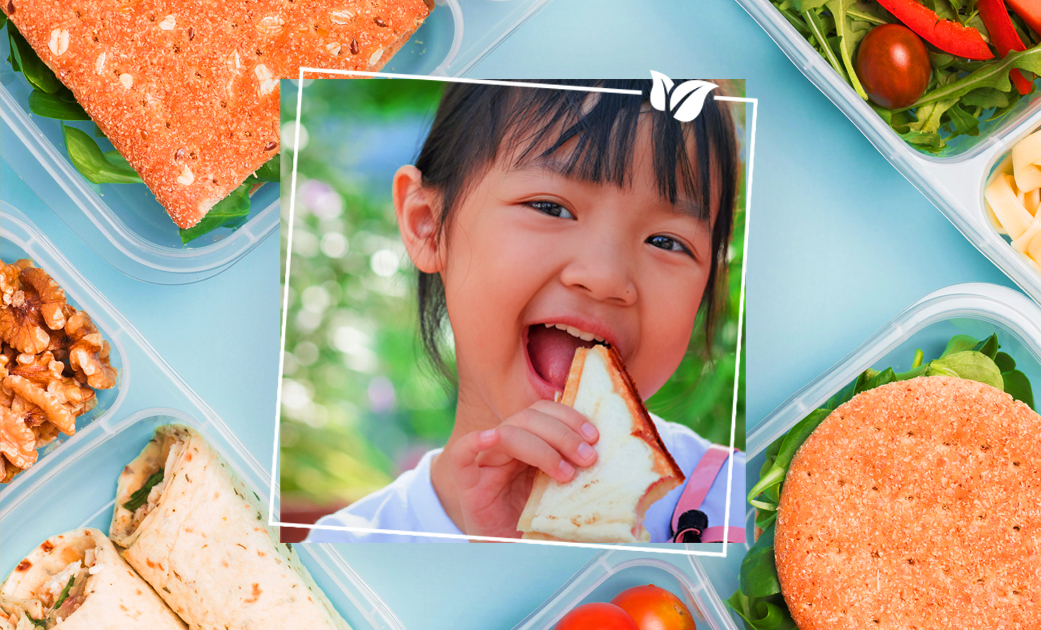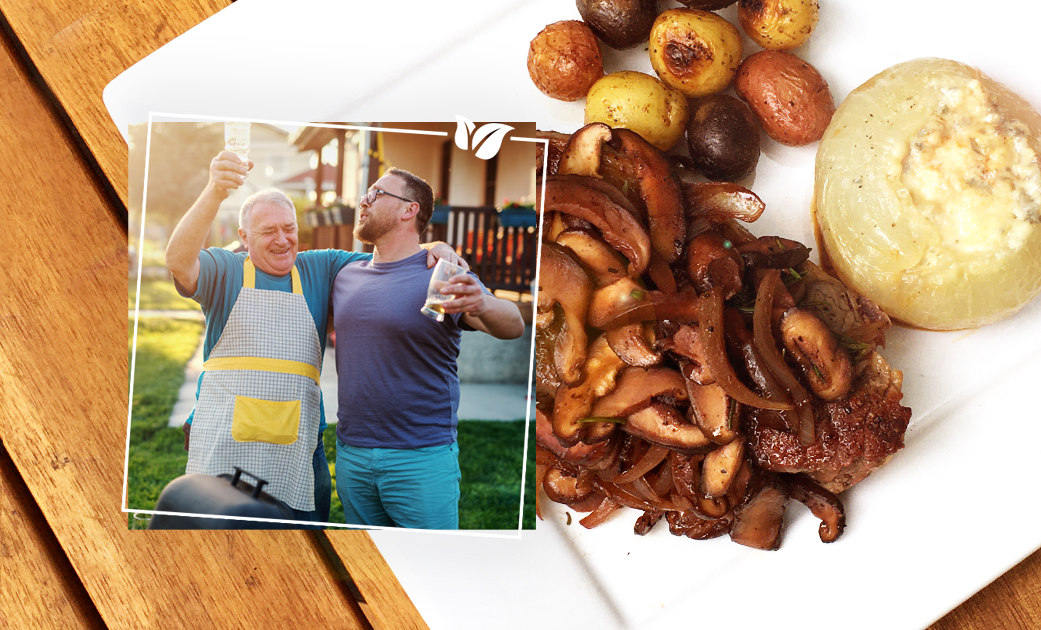Preserve Georgia Grown Year-Round
Out of all preservation methods, none is easier than freezing. Preserving fruits and vegetables at the peak of freshness without compromising flavor is one of the hallmarks of the modern freezer’s advantage, something that Georgia’s farmers know well. As spring moves into summer, more and more fresh Georgia produce is becoming available for purchase and pick up at your local grocery store, farmers market, or U-Pick farm. Farmers are doing their best to meet the demand for fresh produce coronavirus pandemic, but for the wary consumer in isolation, shelf-stable and frozen food purchasing has increased beyond fresh produce sales. Preserving the fruits of our state’s largest industry has never been more important as farmers struggle to find an outlet for surpluses of fresh commodities that once would go straight to now-shuttered institutions and restaurants. Use these tips for freezing some of Georgia’s most popular fruits and vegetables so you can successfully make use of your entire farm market haul to create healthier, fresher meals for you and your family throughout the summer, all while showing your support for our farmers.
Here are 8 tips for a great freezing experience:
- 0 Degrees Fahrenheit – Make sure your freezer is set at the proper temperature to freeze your foods quickly and prevent any harmful bacterial growth. A second freezer thermometer is important to measure the accuracy of the one built-in. This also helps to monitor the efficiency of your freezer, and catch malfunctions early before you lose all of your hard work to involuntary defrosting.
- Labeling – Keep a roll of masking tape and a permanent marker close by and get into the habit of labeling and dating everything right before it goes into the freezer. This way, you always know exactly what you have on hand. For me, labels also help to spark inspiration about what I am going to make instead of relying on visuals – frozen food isn’t always appetizing to look at!
- Portions – Freeze in smaller, individual portions instead of in large bags. This helps to speed the defrosting process, keeping things fresh by only allowing what you need to come to temperature. Food that has been repeatedly thawed and refrozen runs a greater risk of becoming contaminated by lengthening the time and frequency that food may be in the “temperature danger zone” of 40-140 degrees Fahrenheit.
- Blanching – Blanching is a technique where foods are briefly plunged into a large pot of boiling water and then transferred to an ice bath to immediately halt the cooking process. For some fruits and vegetables, blanching is required to set the texture, flavor, and color so that it is in the optimal state to cook or bake, before being put away. In the case of peaches and tomatoes, blanching also expedites the removal of tough outer skins.
- Preventing freezer burn – While freezer burned food is not unsafe to eat, it can become unpleasant in texture and flavor. The longer the food is exposed to even a little bit of air at freezing temperatures, the more moisture evaporates on the surface of the food, creating a network of air pockets that gradually change the food’s molecular structure and therefore, texture. Laying foods flat in thicker freezer bags (flat packing is also good for stacking and organizing) and squeezing as much of the air out as possible is sufficient for shorter periods of time, but if you are planning on freezing and putting away produce throughout the summer for use into the next year, it is worthwhile to invest in a quality vacuum sealer.
- The reliable sheet pan – In commercial warehouses, produce is frozen IQF (Individually Quick Frozen). This technology is responsible for why commercially frozen lima beans or strawberries, for example, do not come in large blocks of ice. You can simulate this process at home by rinsing or blanching fresh produce first, spreading it onto a sheet pan to freeze pieces individually or in portioned clumps, and then transferring it to your chosen container. Drain produce thoroughly first to minimize ice crystals, and line with parchment paper to prevent sticking.
- Leave space – When water freezes, it expands. Ice crystals will form inside and around the food, so packing to the brim of a container is not recommended if you do not want the seal or lid to burst. Leave about an inch of headspace in your containers, especially when packing soups, stews, purees, sauces and other liquid-based foods. This also applies to your entire freezer; try not to pack it too tightly, as this reduces air circulation, lengthens freezing times, forms more ice crystals, and therefore more drastically alters texture and flavor.
- Have a plan for your frozen bounty – Thoroughly evaluate how you might want to use your produce before you freeze it. Use a variety of processing techniques, and don’t limit yourself to blanching and dicing. Ideally, you want to freeze the produce in a form suited to your usual meal rotation. Sautéing, caramelizing and roasting are all useful to do beforehand to encourage browning first; it is not ideal to attempt to caramelize a soggy mass of defrosted sliced Vidalia onions. When using any heat-based preparation methods, make sure your produce has completely cooled to room temperature or colder before freezing to minimize temperature change in the rest of your freezer. Pre-puree fruit to use in place of ice cubes for frozen beverages. Sauté a mix of bell pepper and onion or mirepoix first before portioning and freezing for a convenient flavor base for soups, stews and sauces. Pre-spiralize summer squash, blanch, drain and freeze in individual portions. Make homemade pesto with any soft herb, slow-cooked tomato sauce or even tomato paste to be frozen in ice cube trays; the options are endless.
Techniques for freezing your favorite Georgia Grown produce:

Vegetables
- Summer squash: Rinse, slice thick, blanch for 1 minute, chill in an ice bath, freeze flat on a sheet pan, transfer to a labeled gallon bag
- Broccoli: Rinse, cut heads into florets and dice stems, blanch for 1 minute, chill in an ice bath, drain, freeze flat on a sheet pan, transfer to a labeled gallon bag
- Kale, Collard Greens: Soak, changing water as needed to remove grit. Remove leaves from stems, rough chop, blanch for 30 seconds, chill in an ice bath, squeeze out excess moisture, freeze flat on a parchment-lined sheet pan in portioned clumps, transfer to a labeled gallon bag
- Mustard Greens, Turnip Greens, Spinach: Soak, changing water as needed to remove grit. Rough chop, blanch for 10 seconds, chill in an ice bath, gently squeeze out excess moisture, freeze flat on a parchment-lined sheet pan in portioned clumps, transfer to a labeled gallon bag
- Tomatoes: Core, score an x in the top and bottom, blanch for 30 seconds, peel in an ice bath, gently squeeze to remove seeds and juice into a separate container, roughly chop peeled tomatoes in a food processor and freeze in labeled quart bags. Save skins, juice, seeds, and cores to make homemade tomato sauce or paste: combine all scraps in a pot and cook down until very soft, puree, strain, reduce until desired consistency is reached and freeze in labeled containers.
- Sweet corn: Blanch whole shucked corn for 3 minutes, transfer to an ice bath, cut off kernels, freeze flat on a sheet pan, transfer to labeled gallon bag. For roasted corn – grill or broil whole corn while turning frequently until charred in spots and tender, cut off kernels, freeze flat on a sheet pan, transfer to labeled gallon bag. Corn cobs can be scraped of corn “milk” for creamed corn, then used for stock or as material for your barbecue smoker.
- Vidalia onions: Slice or dice and caramelize or sauté in olive oil or butter until translucent, spread onto a sheet pan to cool quickly, transfer to labeled quart bags and freeze flat. When peeling onions, save tougher outer layers for stock
- Okra: Rinse, trim woody stems so as not to expose seeds, blanch whole for 3-4 minutes, dice, dredge for frying if desired, freeze flat on a sheet pan, transfer to labeled gallon bag.
- Hot peppers: Rinse, dry, remove stem, coat with oil and roast at high heat on the grill or under a broiler until the skin has puckered and browned all over, cool, and transfer to labeled quart bags and freeze flat for chili, salsa, or hot sauce.
- Sweet peppers: Can be frozen fresh or roasted. Blanching not recommended. Rinse, trim of stems, seeds, and ribs, slice if freezing fresh or cut into quarters and lightly oil and roast at 400 degrees for 10 minutes, freeze flat on a sheet pan, transfer to labeled gallon bag.
- Fresh shelled beans: Rinse, drain thoroughly, freeze flat on a sheet pan. Transfer to labeled gallon bag.
- Sugar snap or snow peas: Rinse, trim, blanch for 1-2 minutes, transfer to an ice bath, drain, freeze flat on a sheet pan, transfer to labeled gallon bag.
Fruits
- Peaches: Blanch in hot, not boiling water for 30 seconds, transfer to an ice bath, slip off skins. Slice and freeze flat on a sheet pan. Transfer to labeled gallon bag.
- Strawberries – Rinse, trim and slice, or freeze whole with tops for smoothies on a sheet pan. Transfer to labeled gallon bag.
- Blueberries – Rinse, drain thoroughly, spread onto a sheet pan, and freeze flat. Transfer to labeled gallon bag.
- Watermelon – Remove pink flesh from the white and green rind. Cut watermelon into cubes, remove seeds, freeze flat on a sheet pan. Watermelon pickles made using a recipe by Chef Steven Satterfield are one of my family’s favorite summer treats – make sure to remove the tough peel from the rind first. These can be eaten as is or used in relishes, salads, and drinks.



